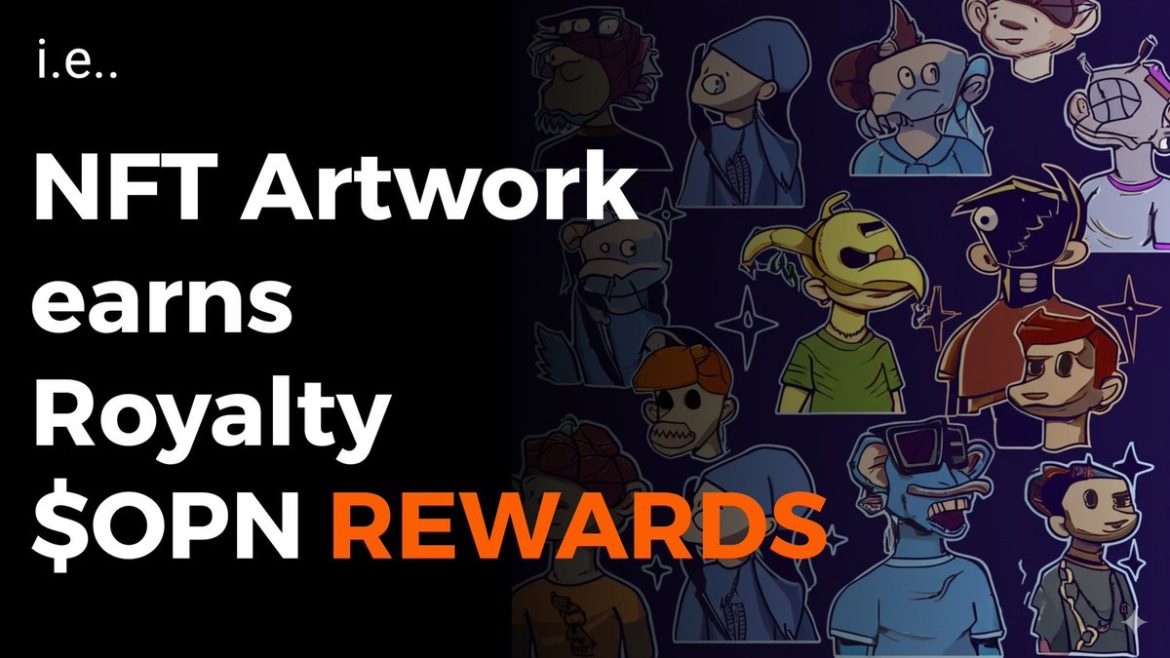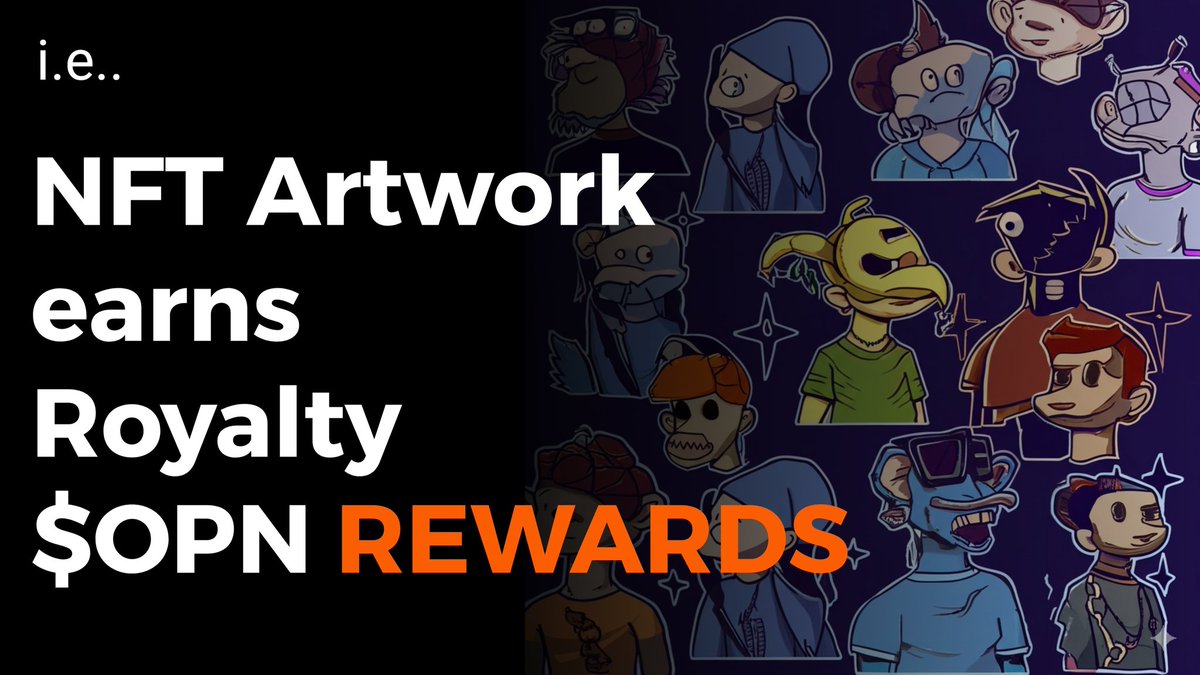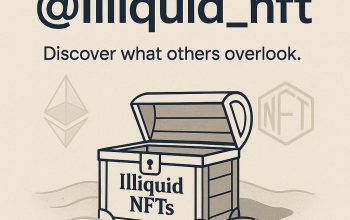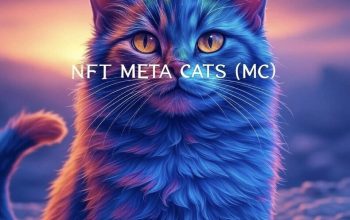The Dawn of a New Era in Digital Art
Imagine a world where artists and model builders can earn royalties for life, every time their creations are used. This isn’t a distant dream but a reality unfolding before our eyes, thanks to the convergence of blockchain technology, artificial intelligence, and the burgeoning world of non-fungible tokens (NFTs). Let’s dive into this fascinating landscape and explore how model builders can leverage these technologies to build sustainable income streams.
Understanding the Building Blocks
Non-Fungible Tokens (NFTs)
NFTs are unique digital assets verified using blockchain technology. They represent ownership of a specific item or piece of content, such as digital art, music, or even virtual real estate. The uniqueness and verifiability of NFTs make them ideal for creators looking to monetize their digital works. NFTs have gained significant traction in the art world, with high-profile sales and auctions capturing global attention. For instance, the digital artist Beeple sold an NFT for $69 million, highlighting the potential for digital artists to earn substantial revenues [1].
Stable Language Models (SLMs)
Stable Language Models (SLMs) are AI models designed to understand, generate, and interact with human language. They can analyze text, create content, and even engage in conversations. In the context of NFT art analysis, SLMs can provide insights, generate descriptions, and even create new art based on existing pieces. These models are trained on vast datasets to understand patterns and generate coherent and contextually relevant outputs. For example, models like GPT-3 have shown remarkable capabilities in generating human-like text, making them valuable tools for content creation and analysis [2].
OpenLoRA: The Low-Cost Deployment Platform
OpenLoRA is a hypothetical low-cost platform for deploying machine learning models. It allows developers to host their models without the need for expensive infrastructure, making it accessible for creators and small businesses. This platform is crucial for model builders looking to monetize their creations without significant upfront costs. By providing a cost-effective solution, OpenLoRA democratizes access to advanced AI technologies, enabling a broader range of creators to participate in the digital art ecosystem.
Building an SLM for NFT Art Analysis
The Concept
The idea is to build an SLM that can analyze NFT art, providing valuable insights and generating new content. This model can be used by gallery apps to enhance user experience, offering detailed descriptions, style analyses, and even suggestions for similar artworks. The beauty of this concept lies in its potential for passive income—every time the model is used, the creator earns a royalty.
The Technical Aspects
The Economic Model
The economic model is straightforward: every time the SLM is used, the creator earns a royalty. This can be facilitated through smart contracts on the blockchain, ensuring transparency and eliminating the need for middlemen. The royalties can be set as a percentage of the transaction value or as a fixed fee, depending on the agreement with the gallery apps. Smart contracts are self-executing contracts with the terms of the agreement directly written into lines of code. They automate the process of royalty payments, ensuring that creators receive their earnings promptly and transparently.
The Benefits
For Creators
For Users
The Future of Digital Art
The convergence of NFTs, SLMs, and low-cost deployment platforms like OpenLoRA is revolutionizing the digital art world. It opens up new avenues for creators to monetize their work, providing a sustainable income stream. For users, it enhances the experience of interacting with digital art, making it more engaging and informative.
As we move forward, we can expect to see more innovations in this space, further democratizing the creation and consumption of digital art. The future is bright, and it’s powered by the creativity and ingenuity of model builders and artists around the world. The digital art landscape is evolving rapidly, with new technologies and platforms emerging to support artists and creators. This evolution is driven by the need for greater accessibility, transparency, and innovation in the art world.
Conclusion: Embracing the Future
The journey of model builders in the world of NFT art analysis is just beginning. With the right tools and platforms, creators can build sustainable income streams, earning royalties for life. This not only benefits the creators but also enriches the user experience, making the digital art world more vibrant and engaging. As we embrace this future, let’s celebrate the creativity and innovation that drives it forward.
The convergence of blockchain technology, AI, and NFTs is transforming the digital art landscape, providing new opportunities for creators and users alike. By leveraging these technologies, model builders can create sustainable income streams, gain recognition, and retain control over their creations. The future of digital art is bright, and it’s powered by the creativity and ingenuity of artists and model builders around the world.
—
Sources:





